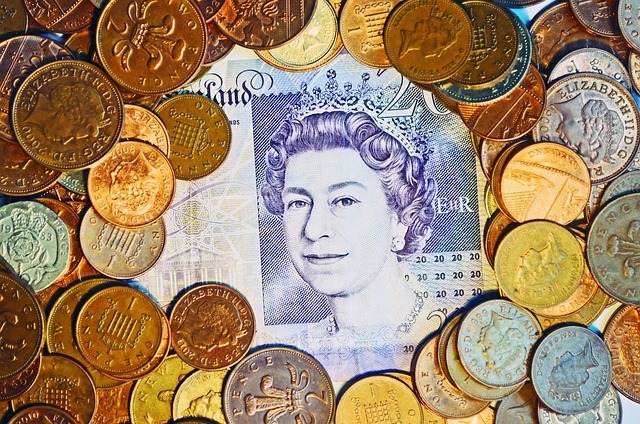In this article, we have covered the highlights of global market news about the USD/JPY, NZD/USD, EUR/USD and GBP/USD.
USD/JPY has recovered from its lowest level since August, although upward potential seems limited.
The USD/JPY pair makes a minor recovery from the lows it reached on August 23 early on Thursday in the European session, rising back above mid-136.00s in the last hour.
The US Dollar is seeking a comeback from close to a multi-month low hit on November 15 after displaying some resistance below a theoretically crucial 200-day SMA. This crucial element is giving the USD/JPY pair some support. However, any significant gain seems elusive after the overnight comments made by Federal Reserve Chair Jerome Powell, who sounded dovish.
Powell said it was time to slow down the rate of interest rate increases and offered a clear signal that the US central bank would soften its attitude. This causes the current significant decline in US Treasury bond rates to continue. The benchmark 10-year US Treasury note’s yield lingered close to a two-month low and should continue to work against the dollar.
NZD/USD: There is room for more gains – UOB
NZD/USD may retest 0.6355 before 0.6400 shortly, according to UOB Group economists Lee Sue Ann and Quek Ser Leang.

24-hour perspective: “There has been a significant increase in the New Zealand dollar, reaching a high of 0.6312. The danger is still elevated, approaching 0.6355. It seems doubtful that the significant barrier of 0.6400 will be reached today. In a retreat, slight support around 0.6280 (0.6250 on the downside) is strong enough to retain it.
Within the next one to three weeks: “The way the NZD rocketed higher implies it is likely to continue to climb. Monitoring points are at 0.6355 and 0.6400. A break of 0.6220 would signify that the upward pressure is lessening from a support perspective.
EUR/USD: As good as it gets for the Euro in December is 1.05/1.06 – ING
EUR/USD is much over 1.04. The risk for the most popular currency pair in the world is 1.05/1.06, according to experts at ING.
The world’s weak demand does not help the pro-cyclical Euro.
“The 1.0480/1.0500 level is the point of resistance; above it, we can see a spike to the 1.0600/0620 region. Although it differs from what we believe, it cannot be completely ruled out given the seasonal Dollar weakness and thinned December markets.
The bigger picture, however, shows that the pro-cyclical Euro is not doing well due to sluggish global demand. The pressure on the eurozone trade balance is also being maintained by the winter weather approaching northern Europe.
GBP/USD: Additional increases are anticipated over 1.2155 – UOB
According to UOB Group economist Lee Sue Ann and markets strategist Quek Ser Leang, additional gains in the GBP/USD pair must pass the 1.2155 zone shortly.

GBP fell to a low of 1.1900 yesterday before soaring to a high of 1.2086, according to the 24-hour view. Despite being overbought, there is room for the surge to continue over 1.2120. The overbought circumstances may prevent GBP from maintaining above this level. It seems doubtful that the next resistance at 1.2155 will be reached. 1.2010 is the next level of support after 1.2040.
Within the next three weeks: “On Monday (November 29, spot at 1.1965), we predicted that the pound would likely stabilize between 1.1850 and 1.2080. GBP jumped in NY trading yesterday and rose a few ticks over 1.2080. (high of 1.2086). Additional GBP gain is possible, but to maintain the momentum, GBP has to keep moving higher and above the main barrier, around 1.2155, during the next one to two days. At 1.2300, the next significant barrier is some ways away. On the negative side, breaking the “strong support” level at 1.1960 would suggest that the pound is not yet prepared to rise.
Please click here for the Market News Updates from 30 November, 2022.

